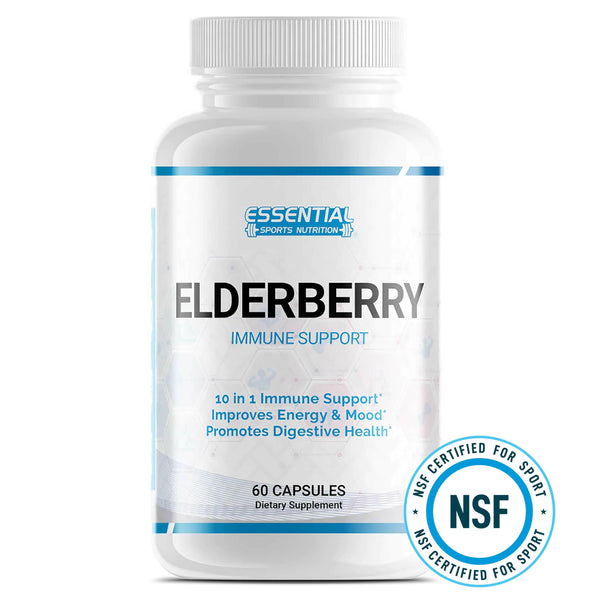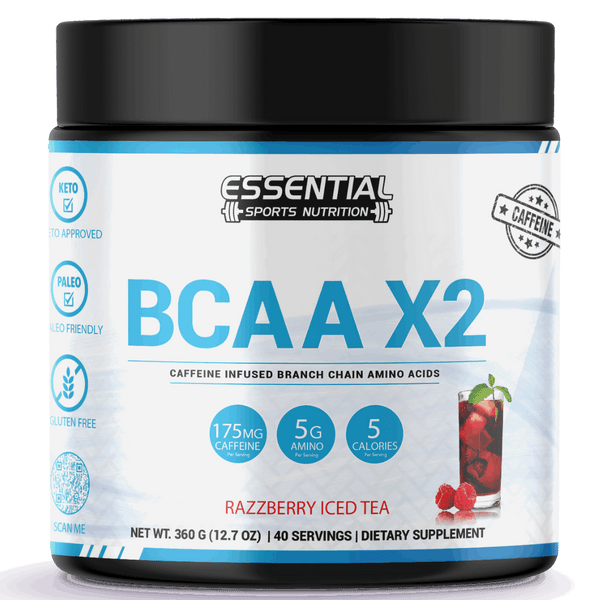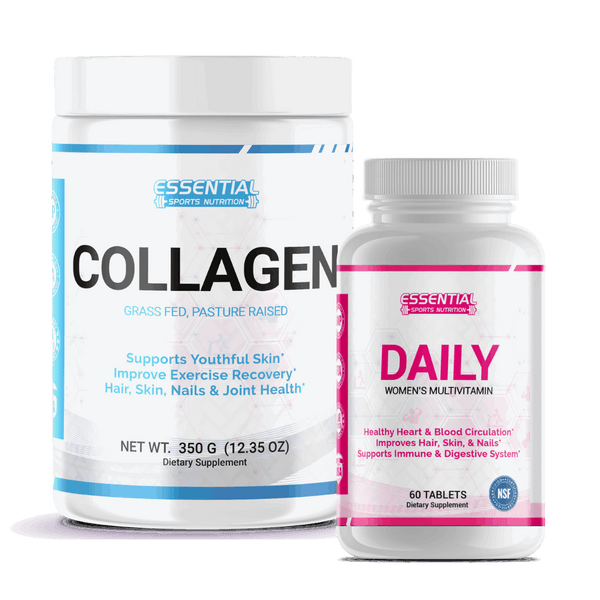Back Pain Breakthrough: Expert Tips to Relieve Tightness & Get Comfort
Back tightness and pain are common struggles for many people today. Whether from long hours at a desk or heavy lifting, this discomfort can greatly affect daily life. One important fact to note is that muscle or tendon strain from repeated activities or sudden movements is a frequent cause of back soreness.
This article aims to shed light on the reasons behind back discomfort, its signs, and ways to ease the pain. We'll explore how strengthening your core and introducing daily stretches can make a difference.
Discover how to tackle back issues effectively.

Key Takeaways
- Tight muscles in your thighs and hips can make your back hurt. Stretching these areas helps.
- Bad posture like slouching can change the shape of your spine, leading to pain.
- Conditions that cause swelling in the spine, such as arthritis, also lead to back pain.
- Feeling weak, trouble peeing, or numbness in legs are serious back pain signs.
- Strengthening core muscles and daily stretching reduces lower back discomfort.
Causes of Back Tightness and Pain
Back tightness and pain can come from many places. Our bodies react to muscle strains or issues with bones in our lower back.
Tight Muscles in Thighs and Hips
Tight muscles in your thighs and hips can lead to back tightness and pain. This happens because these areas are linked. They support each other while you move. If the muscles in your thighs and hips are stiff, they don't work as well.
This makes your back work harder, which can cause pain.
Keeping these muscles loose helps prevent back issues. You can do this through stretching exercises that target both the thigh and hip regions. Activities like yoga or Pilates are great for making these muscles more flexible.
Regular stretching improves how well these muscle groups support each other, reducing the risk of back tightness and discomfort from activities or sitting too long.
Spinal Curvature from Poor Posture
Poor posture leads to spinal curvature issues such as scoliosis, where the spine bends to the side. This problem often starts because people do not sit, stand, or walk correctly. Over time, these bad habits can change the shape of the spine.
The muscles and ligaments around the spine then work harder on one side than on the other. This imbalance makes things worse.
Scoliosis is just one example of how poor posture affects spinal health. It shows that not sitting straight or slouching could have long-term effects on your back. For healthy back bones and nerves, it's important to keep a good posture during daily activities.
Simple changes in how you sit at work or carry heavy items can help prevent these problems from starting or getting worse.
Inflammatory Changes in the Spine
Inflammation in the spine can hurt a lot. Disorders like inflammatory arthritis make the spine's soft tissues swell up. This can lead to pain and muscles that spasm tightly. Conditions like ankylosing spondylitis, growths on the spine, infections, and some cancers also add to lower back problems by causing inflammation.
This swelling isn't just due to injuries or wear and tear over time; it's tied to serious health issues. The body’s response aims to heal, but sometimes it goes too far, hurting more than helping.
For many dealing with chronic back discomfort or sudden sharp pains in their lower back, pinpointing this inflammation as a cause helps doctors figure out the best treatment plan. Whether through medication aimed at reducing swelling or therapies designed for pain management, understanding this aspect is key in seeking relief from back-related ailments.
Symptoms of Back Pain
Back pain shows itself in many ways. You might feel muscle soreness or experience sharp, piercing aches. This discomfort can spread down to your leg. Some people have trouble moving around without feeling twinges or cramps in their back.
At times, the pain becomes worse when you try to bend over or twist your spine.
Several symptoms signal more severe issues. Having difficulty peeing, feeling weak, noticing numb areas in your legs, running a fever, and losing weight without trying are all warning signs.
If you notice persistent stiffness or soreness along your backbone from your neck down to where it ends, it's time to take action. These problems show that something isn't right with your back’s health.
Relief Strategies for Back Tightness and Pain
Discover exercises that make your core strong and stretching routines to ease back tightness. Find out how these methods can help you feel better.
Strengthening Core Muscles
Exercises for core muscles are key to reducing lower back pain. Studies show that focusing on the belly and back can make these areas stronger. This helps with chronic low back issues and injuries related to sports or daily activities.
Doing specific workouts improves stability around the spine, making it easier to move without pain.
Physical therapy often includes routines that target these important muscle groups. Such exercises not only lessen discomfort but also boost how well you can do everyday tasks. They involve movements that engage both the abdominal region and the muscles close to your spine, providing a solid support system for your body.
Practicing these exercises regularly leads to less pain and greater function in day-to-day life.
Daily Stretches
Daily stretches keep your back muscles and spine flexible. Start with gentle movements that target the lower back, hips, and hamstrings. These areas support a lot of your body's weight and need flexibility to function well.
Stretching each day can lessen muscle tension and lengthen them, which helps prevent injuries.
Practicing specific stretches for the erector spinae, gluteus maximus, and pelvic muscles every day can strengthen your core as well. This routine supports better posture by aligning the spinal column correctly.
Strong core muscles take pressure off the lower back, reducing pain risks from conditions like sciatica or herniated discs. Use slow, steady motions without bouncing to avoid strain on your back or spine.
Conclusion

Back tightness and pain come from many things like poor sitting habits or heavy lifting. Stretching every day and making your core muscles stronger can really help. Have you thought about how simple changes in your routine could ease your back issues? Putting these methods into action might significantly cut down on your discomfort.
Remember, moving more and sitting less could be the key to a happier, healthier back.
Back Tightness and Pain FAQs
Q: What causes back tightness and pain?
A: Back tightness and pain can result from various issues like herniated or ruptured discs, osteoarthritis, degenerative disc disease, spinal stenosis, spondylolisthesis, injuries from lifting weights improperly, or even sitting posture. Conditions such as osteoporosis and fibromyalgia also contribute to discomfort.
Q: How do doctors diagnose the cause of back pain?
A: Doctors use different methods to find out what's causing back pain. They might ask you about your symptoms and check how you stand and move. Sometimes they use X-rays, CT scans, or MRIs to look at your bones and muscles more closely.
Q: Can physical activities lead to back problems?
A: Yes! Activities like sports can sometimes lead to injuries that cause backpain if not done carefully. Proper lifting techniques and maintaining a healthy weight help prevent strain on your back.
Q: Are there any non-surgical ways to relieve back pain?
A: Many people find relief through non-surgical treatments such as massage therapy, acupuncture, chiropractic manipulation for spine alignment, therapeutic massage for muscle relaxation; physical therapists often recommend exercises that strengthen core muscles supporting the spine.
Q: When should someone with chronic back pain seek professional help?
A: If your back pain doesn't improve with rest or over-the-counter pain relievers; if it's severe enough to interfere with daily activities; if it comes with symptoms like numbness or tingling in limbs - these are signs you should see a doctor or specialist like an osteopathic doctor who focuses on body musculoskeletal health.
Q: How does lifestyle affect back health?
A: A sedentary lifestyle can weaken the muscles around the spine leading to low-backpain while excessive weight puts extra pressure on spinal structures contributing to discomfort.
Q: What are the most common symptoms of back tightness and pain?
A: Common symptoms include stiffness, aching, sharp pain, limited range of motion, and radiating pain in the back or legs.
Q: What are the main causes of back tightness and pain?
A: Back pain can be caused by various factors such as poor posture, muscle strain, spinal issues, arthritis, or underlying medical conditions like spinal stenosis or ankylosing spondylitis.
Q: How can back tightness and pain be managed and treated?
A: Management and treatment options include physical therapy, chiropractic care, medications, hot/cold therapy, strengthening exercises, stretching, and in severe cases, surgery.
Q: What is the role of lower back muscles in causing back pain?
A: The lower back muscles play a crucial role in supporting the spine and maintaining proper posture. Weakness or tightness in these muscles can lead to back pain.
Q: How does the spine contribute to back pain?
A: The spine is a complex structure made up of vertebrae, discs, and nerves. Any issues with these components, such as herniated discs or nerve compression, can result in back pain.
Q: What are some common causes of tight muscles in the back?
A: Tight back muscles can result from factors like poor posture, overuse, muscle imbalances, lack of flexibility, or physical inactivity.
Q: What conditions can cause back pain?
A: Back pain can be caused by conditions such as arthritis, muscle spasms, vertebral fractures, poor posture, or structural problems in the spine.
Q: How can one alleviate back pain and tightness?
A: Pain relief methods include over-the-counter medications, heat or ice therapy, gentle stretching, massage, and practicing good posture and body mechanics.























